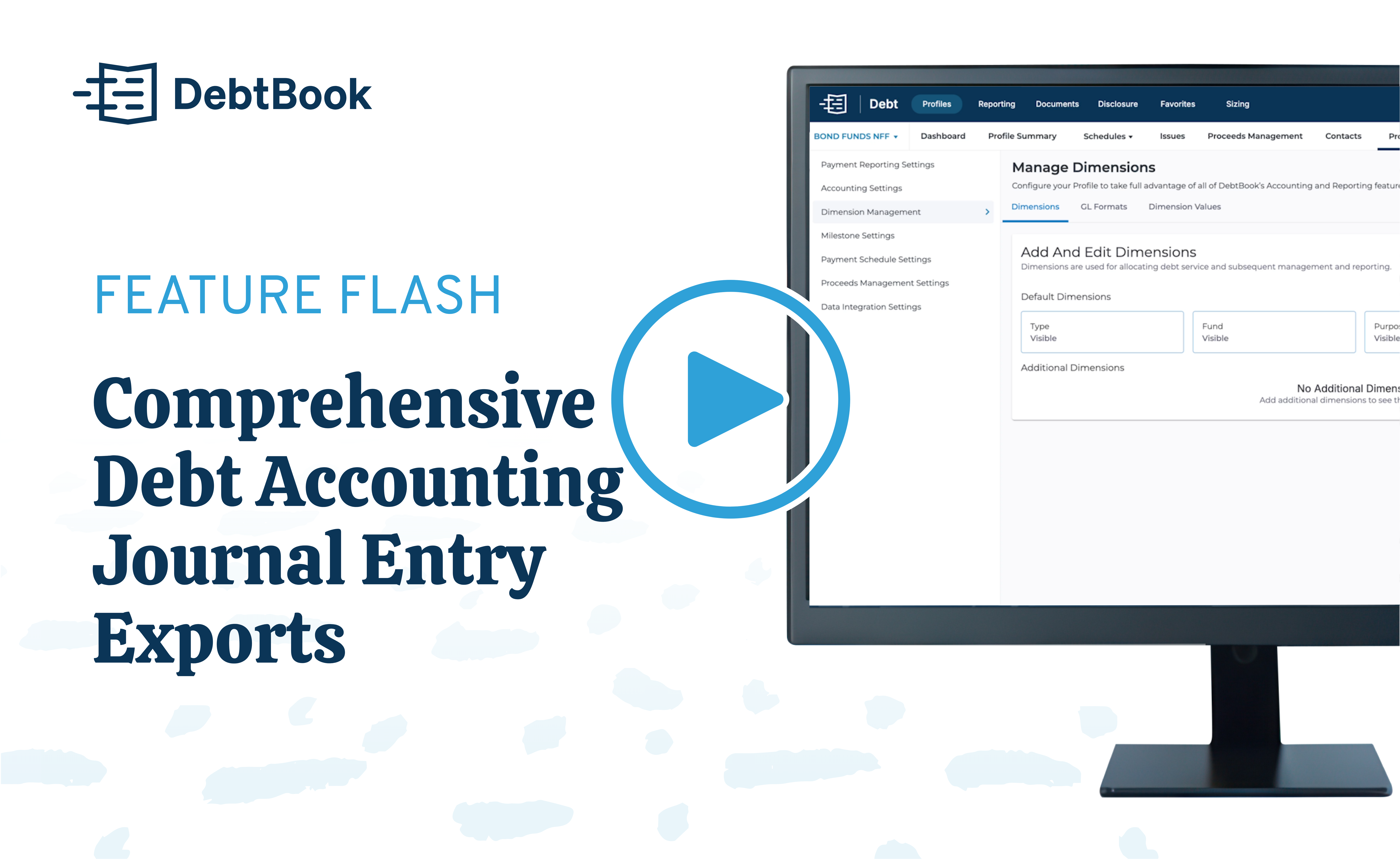Governments and public entities across the country breathed a sigh of relief in May 2020 when the Governmental Accounting Standards Board (GASB) postponed the effective date of Statement 87 for 18 months, citing COVID-19. But now, the wait is over. And if you still haven't put a plan in motion to implement new accounting standards on leases, now is the time.
Below, we outline a few steps for you to formulate and execute on an action plan for GASB 87 compliance.
Understand Your Obligations
GASB 87 was intended to “better meet the information needs of financial statement users,” according to GASB’s summary, so the new changes promise to have a significant impact on how leases are recognized and reported.
The standards contain different requirements for lessors and lessees, meaning governments must learn and pay attention to two sets of requirements.
The standards are effective for reporting periods beginning after June 15, 2021, so if you’re just beginning a new fiscal year, start overhauling your processes now – don’t wait for an audit.
Give yourself at least 12 weeks to prepare and roll out your changes and be sure to conduct a thorough review of the standards before you begin.
Gather Your Leases for Analysis
Allocate time to locate and categorize your existing leases from prior fiscal years and audits.
Ideally, you’ll organize each lease or contract by type, such as capital leases, operating leases, and any leases or contracts you’re unsure about.
That way, you can easily divide and conquer when tackling a set of GASB 87 requirements.
For instance, you’ll need to determine whether agreements are capital leases, operating leases and embedded leases, since each is categorized differently under GASB 87.
Capital leases may be classified as debt or leases, depending on whether ownership is transferred. Operating leases may be classified as leases or expenses, depending on the lease term and renewal options.
Last, review your remaining contracts, such as service agreements, to determine if there is an underlying asset at hand. If so, these contracts could be embedded leases, which have their own set of GASB 87 requirements.
Along the way, engage with both your accounting and legal teams to verify that each potential lease is accounted for, especially recently-executed agreements. Assign a target deadline approximately two weeks away to drive accountability.
Verify and Analyze Your Lease Data
Anything your team has classified as debt in your research should be ultimately noted as debt on your statements.
Going forward, your remaining compliance review should be focused on leases, as outlined in GASB 87.
Next, identify lease terms, liabilities or receivables, assets, and deferred inflow of resources. Instruct your team to pay close attention to the listed liabilities and receivables, since this information determines when your entity is serving as a lessee or lessor, each of which comes with its own framework.
Collect your payment data, along with indirect costs, prepayments, or incentives, as you’ll note this information on your schedules.
Chances are, you’ll need to track down missing data and engage with department heads to fill in the gaps, so plan on spending at least a month on this checkpoint.
Key Your Schedules and Create a Single Source of Truth
It will likely take multiple members of your team to document all the necessary lease information on your schedules.
To keep everyone on the same page, consider using lease management software to facilitate simultaneous data entry and verification. Spreadsheets can be cumbersome for this process, and often, users overwrite crucial data by mistake.
Lease management software allows you to reduce the amount of time spent on these tedious and error-prone tasks. A technology solution can generate automated schedules, journal entries and year-end audit reports.
Review, Disclose and Debrief
Once your team has finished its schedule, bring in some fresh eyes, such as a consultant, to review your data to ensure it is GASB-compliant and offer their perspective. Allow yourself plenty of time to address any incorrect data.
Upon completion of your final review, prepare your disclosures, which you’ll likely notice are longer than usual. This is to be expected since new data is included in the disclosures, such as termination penalties.
Finally, schedule some time to reflect on your action plan. Make a note of what worked well and be willing to correct any processes that failed. The GASB 87 standards are here to stay, so you’ll want to ensure your team is adequately prepared for the next fiscal year.
A compliance overhaul is a good time to review your overall operations and look for ways to improve your workflow.
DebtBook enables easy and confident compliance with new lease accounting standards and addresses all three phases of challenges faced by organizations looking to implement GASB 87:
1) Upfront lease organization and data extraction
2) Schedule creation, and
3) Ongoing lease collection and compliance.
Disclaimer: DebtBook does not provide professional services or advice. DebtBook has prepared these materials for general informational and educational purposes, which means we have not tailored the information to your specific circumstances. Please consult your professional advisors before taking action based on any information in these materials. Any use of this information is solely at your own risk.







